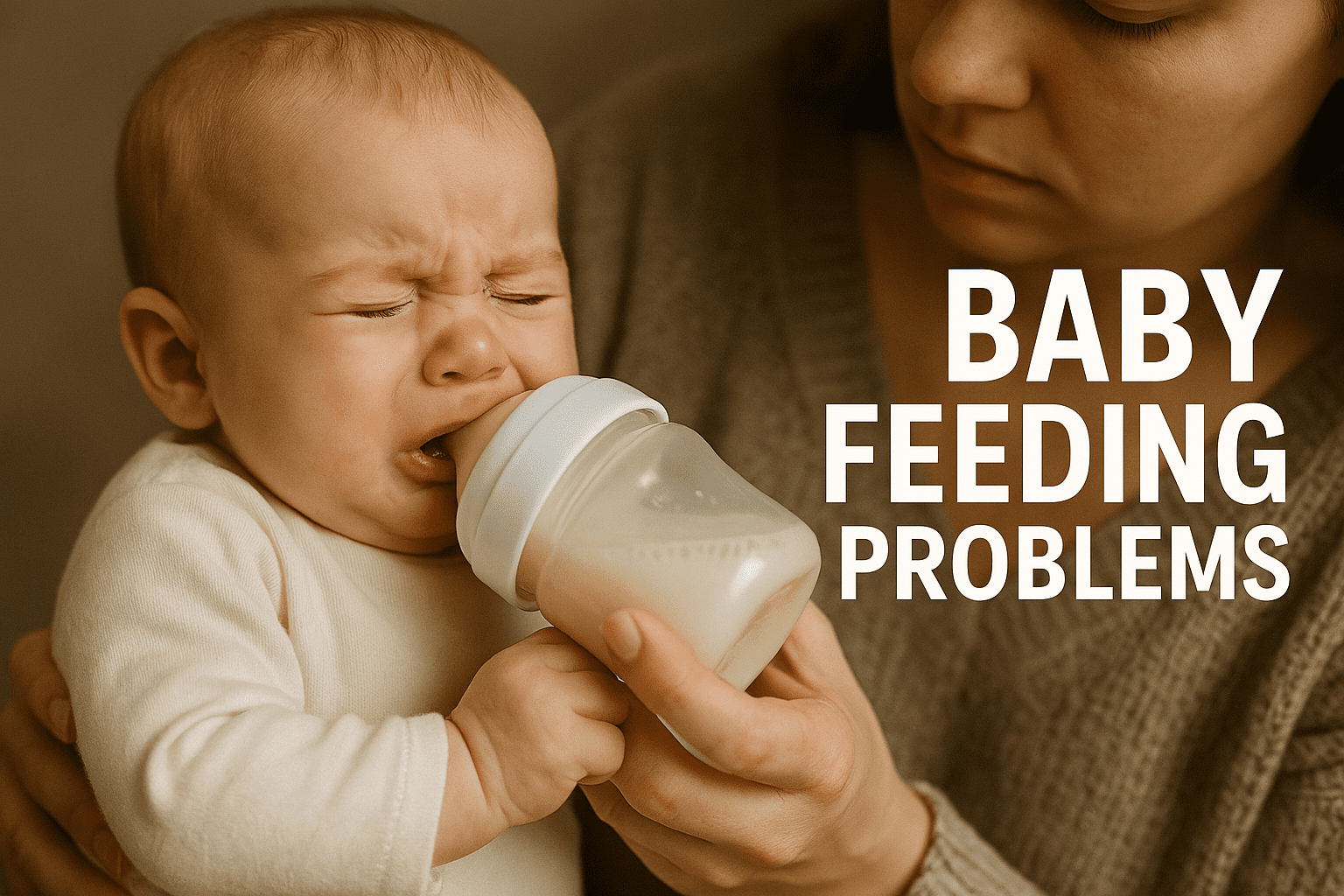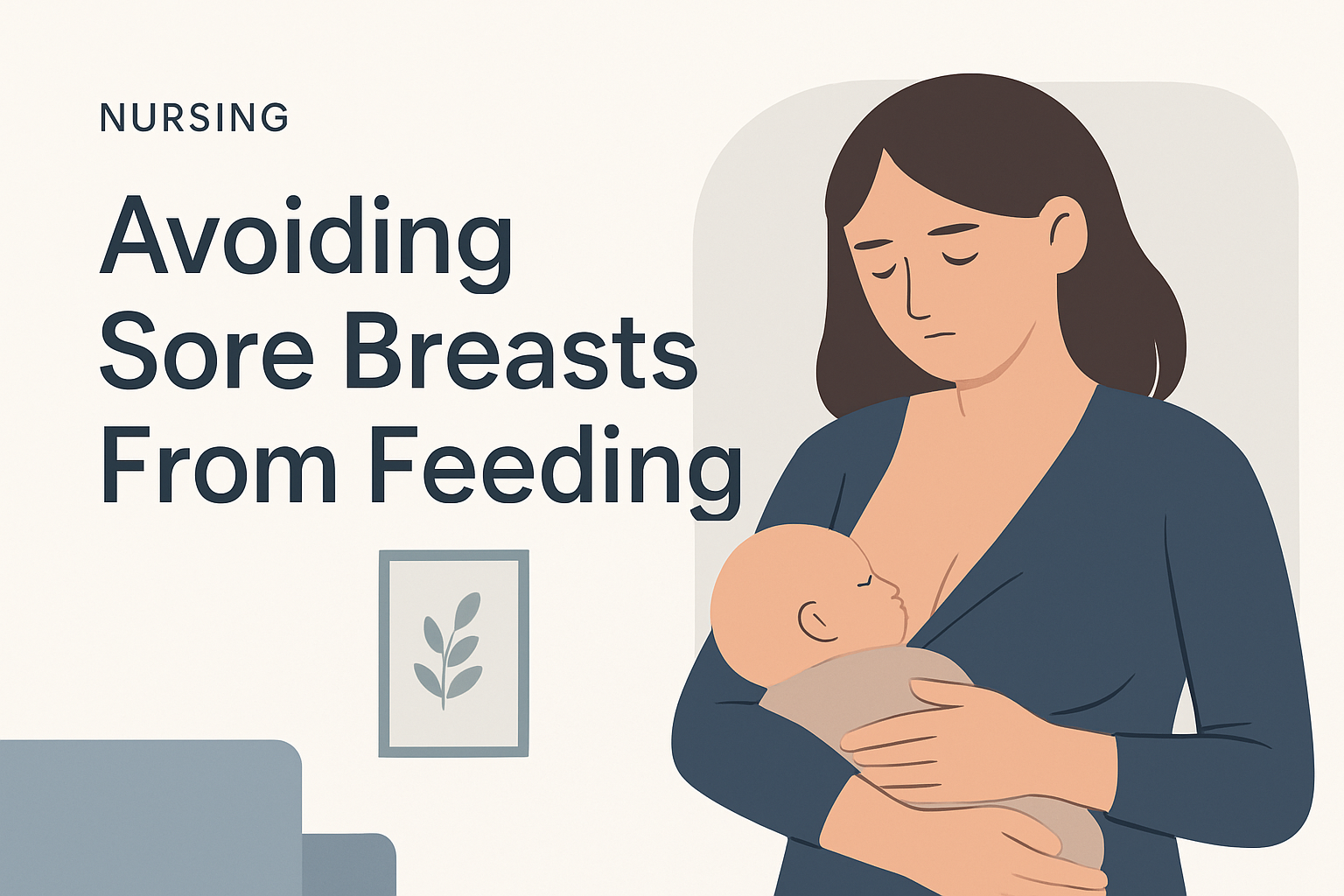
Why Do You Need To Wind A Baby?
Babies are like delicate flowers, requiring special care and attention in order to thrive. One of the most important aspects of caring for a baby is winding them correctly after feeding. But why do you need to wind a baby?
This article will explore the reasons behind this vital post-feeding activity and provide helpful tips for successfully winding your little one.
In essence, winding helps babies expel air bubbles from their stomachs caused by drinking too quickly or swallowing excess air during feeds. When these air bubbles build up it can cause discomfort and even pain which is why it’s so important to know how to burp newborns and older babies alike properly.
From upright positions such as over your shoulder to gentle back pats, there are several methods parents can use when attempting to wind their baby but none more effective than skin-on-skin contact with mom or dad! In addition to being an incredibly bond-forming exercise, skin-to-skin contact has been proven time and again to help calm babies while aiding digestion at the same time.
What Is Winding?
Have you ever wondered what is winding a baby?
Is it just simply rocking them back and forth, or something more complex?
Winding is an important process in helping to settle your little one’s stomach. It helps relieve any trapped air that can cause discomfort and distress for babies after they have been fed.
So how exactly do you wind a baby?
Generally speaking, it involves gently rubbing or patting their back while the baby is held upright over your shoulder. This action will help move the air through the digestive system and out of the mouth as burps. For some babies, this process can take several minutes of gentle soothing motions before all the built-up gas has been released.
Winding also provides another valuable benefit: comfort! The repetitive movements along with being close to you create a sense of security for babies which encourages relaxation. By winding regularly after feeds, not only are you helping aid digestion but also providing reassurance and comfort during those early months when everything else feels so new and unfamiliar.
Why Is Winding Necessary?
Winding helps prevent them from getting colic. So, what’s the big deal about this seemingly simple task? Why is winding necessary for babies?
This motion helps move gas out of their tummy, as well as encourages any trapped wind to be released – relieving possible discomfort and preventing colic.
In addition to helping with digestion and providing reassurance, winding can help stimulate burping in babies who struggle to do it on their own. If the baby hasn’t burped within a few minutes of drinking milk, then winding them can assist in releasing extra air that may be causing discomfort. Ultimately, winding plays an essential role in promoting healthy digestion in infants.
Benefits Of Winding A Baby
Another benefit of winding babies is that it encourages more efficient digestion. This increases the chance of them getting all the nutrients they need from their food, helping to ensure healthy growth. Furthermore, by burping regularly you are able to reduce the risk of reflux or regurgitation episodes.
Finally, winding allows parents to become familiar with their baby’s unique cues so that any underlying issues, such as allergies or intolerances, can be detected earlier on. Knowing these signs means that problems can be addressed quickly and effectively before becoming more serious medical conditions down the line.
Signs That A Baby Needs To Be Winded
Did you know that around 8 out of 10 newborns suffer from some kind of digestive issue such as gas and colic? Indeed, it is important to understand when a baby needs to be winded. Here are the main signs:
- The baby starts to squirm or cry uncontrollably – this often indicates discomfort in their tummy caused by trapped air.
- They arch their back or draw their legs up towards them while crying – which again suggests they have too much air inside their stomach.
- There is an excess of hiccups during the day – hiccups usually mean that there’s air stuck in the baby’s esophagus.
- Frequent burping can happen after each feed – if your baby doesn’t manage to do so on his/her own, then help him/her with gentle pats to release any extra air.
Winding a baby correctly will ensure he/she can get rid of all the coughed-up milk and swallowed air.
All in all, paying attention to these signs should allow parents to quickly detect whether their child needs winding or not and act accordingly. Knowing how and when to wind a baby might just save them (and you!) from hours of unnecessary tears!
When To Wind A Baby
It’s no secret that babies can be quite the handful – but one of the most important things you need to do for your little bundle of joy is wind them. So, when should you be doing this?
It’s recommended that you wind your baby after every feed. When their tummy feels full, it could cause discomfort and burping will help relieve any trapped air bubbles in their digestive system. Plus, a good burp session encourages healthy digestion and helps prevent gas or colic-like symptoms from developing.
How To Wind A Baby Safely
First off, always make sure that your baby is in an upright position – this can be achieved by placing them either across your lap or against your chest. Make sure they’re well supported with both hands at all times during the winding process. Secondly, use gentle patting motions rather than vigorous rubbing as this will help expel any trapped air from their stomachs more easily. Always remember to also keep talking to your bub whilst winding too; reassurance and comfort can go a long way towards helping them settle down quickly.
Finally, when considering how much time should be spent trying to get those burps out, try not to overdo it – anything between five minutes and half an hour should do the trick depending on what works best for you and your baby’s needs at that moment in time.
TIP: If things aren’t improving after thirty minutes of attempting to wind your baby then take a break before starting again – doing so could save you both energy and frustration in the long run!
Tips For Effective Winding
First things first, it’s important to have all your ducks in a row before you begin winding a baby. Making sure that you have a comfortable place for the baby, swaddling cloths or clothing and maybe even some music playing can help make the task easier.
No matter which technique you choose, always be patient and consistent; sometimes babies will fuss at first but soon enough they’ll start to relax as long as you remain calm and soothing throughout the process. To ensure success, pay close attention to their body language and adjust accordingly – then watch as they drift off peacefully!
Techniques To Avoid Winding Problems
When winding a baby, it is important to know what techniques to use in order to avoid any potential problems. This includes being aware of the proper positioning for winding and ensuring that the environment is calm and comfortable for your little one. Here are some helpful tips on how best to manage winding without running into any issues.
Firstly, you should make sure that you find an appropriate position for winding which will ensure maximum comfort for both yourself and your baby. Try placing them in your lap facing away from you with their head supported by your arm or shoulder. Alternatively, lying down on their back can also be effective as long as they are securely propped up against cushions or pillows. You may also want to consider using a nursing pillow if available, which helps keep babies in place while allowing parents easy access to their stomachs.
It’s also important to create a relaxed atmosphere when winding your baby; this could mean playing soft music, using low lighting levels or even speaking softly so as not to startle them during the process. Taking regular breaks throughout the session can help too – try gently rubbing their back or giving them cuddles after each burst of wind! Finally, always remember that different babies will respond differently depending on age and temperament so do not be discouraged if something does not seem to work right away – just try again another time until you get it right!
By following these simple tips and tricks, you can successfully avoid any problems that may arise during winding sessions with your baby – ultimately providing peace of mind both for yourselves and your little one!
Ways To Comfort A Baby During Winding
It is not uncommon for a baby to be uncomfortable during winding, but there are ways to make the process less stressful. To illustrate this point, consider my own experience with my daughter. When I started winding her after feeding, she would become very agitated and cry. However, with time and patience, I developed soothing techniques that made it easier for both of us.
One way to comfort babies while they’re being wound is by talking softly or singing a lullaby. This helps provide reassurance through sound and can have a calming effect. It also gives them something else to focus on besides the discomfort of having their stomachs massaged. Additionally, applying some gentle pressure on their back can help relieve gas build-up, which could otherwise contribute to their distress.
In addition to these physical tactics, creating a consistent routine surrounding winding can go a long way in helping babies adjust better over time. For example, making sure you always wind your baby in the same place at the same time will help them get used to what’s happening and ultimately reduce any anxiety related to the process.
With all this in mind, it’s clear that proper preparation and consistency are key when it comes to comforting babies during winding – much like any other parenting challenge!
Potential Risks Of Winding A Baby
Winding a baby is an important part of their routine and can bring comfort, but it also comes with potential risks that parents should be aware of.
Take for example, little Lucy who was born prematurely at 28 weeks old. She had to receive special care in the neonatal intensive care unit (NICU). Her mother found winding her very difficult; she would often become frustrated when trying to wind Lucy after feeds as she never seemed satisfied.
There are potential risks associated with winding babies that all parents should take notice of:
- Not allowing enough time between burps – if you rush this process, then there’s a risk of forcing air back down into the stomach, which could cause discomfort and/or vomiting
- Over-stimulating your baby – too much stimulation during or after winding could lead to over-tiredness or distress
- Winding too quickly or aggressively – if done incorrectly, this can sometimes result in a baby choking on their vomit due to forceful winds being pushed up against their esophagus
It’s important not just to focus on comforting your baby while winding them, but also consider any possible health implications that may arise from improper technique. Always speak to your doctor before making any changes to ensure they’re comfortable with what you’re doing and that your baby isn’t put at risk.
When To Seek Medical Assistance For Winding
It goes without saying that it’s always best to practice caution when caring for your little one. In the event that something isn’t quite right with their winding process, here are 3 key indicators that you should contact your doctor:
- Your baby seems uncharacteristically uncomfortable or distressed after being winded;
- You detect any sort of odd smell coming from the winded area;
- There is excessive bleeding following the winding session.
If any of these warning signals appear during the winding process then don’t hesitate to get in touch with your child’s physician as soon as possible. With their help, you can ensure that both you and your baby remain safe and happy throughout this crucial stage in life!
Advice For New Parents On Winding
Ah, the joys of parenting! You thought you had it all figured out until the moment your little bundle of joy came into this world. Now you’re here, a brand-new parent trying to figure out how to wind a baby – and let’s face it, we’ve all been there before. Don’t panic just yet; winding isn’t as hard as it seems if you follow these simple steps:
- Make sure you have the right equipment. Have everything ready that you need – burp cloths, blankets and even a few extra diapers on hand – so that winding goes smoothly.
- Find a comfortable place for both yourself and your baby. Try swaddling your child in something soft and comforting like muslin or cotton fabric.
- Pay attention to signs such as crying, gurgling noises, or squirming, which may indicate an upset tummy is present. If any of these occur then stop winding immediately and try again at another time when your baby has calmed down again.
- Once done correctly, winding can help relieve some pressure from their stomachs making them much more contented than before – but be prepared for plenty of practice sessions along the way! So don’t worry if it takes a while to get the hang of things; eventually, everything will become second nature to both you and your little one.
Parenting might seem daunting at first, but with patience and dedication, soon enough, winding won’t feel so overwhelming anymore; after all what are parents for if not giving our best shot? And remember – Rome wasn’t built in a day, so take each step slowly until mastering this essential skill becomes part of who you are!
Summary Of Key Points
Winding a baby is an important part of their daily routine. It helps keep them healthy by aiding the digestion process, preventing gas and colic, and helping to soothe them after feeds. It’s also important for new parents to understand how best to wind their baby in order to make sure they’re doing it correctly.
Firstly, when winding your baby, you should hold them upright with gentle support around the chest and back. Rubbing or patting gently on the back can help move any trapped air up from the stomach while keeping a steady rhythm will aid in calming your little one down too. Additionally, taking breaks throughout the session can give your baby time to burp between winds – but if no burps come out then don’t worry as this is normal!
Finally, it’s important that parents are aware of signs that something may not be right; these include excessive coughing or gagging during feeding or difficulty breathing afterwards. If you notice anything like this then get professional medical advice immediately – even if there aren’t any other symptoms present. Winding a baby properly is essential for keeping them safe and comfortable so following the above tips should ensure that happens every time!
In conclusion, winding a baby is an important part of their care and should be done regularly. The benefits are clear – it helps to relieve any trapped wind that can cause discomfort for the child, as well as reducing the risk of colic or regurgitation. Taking time to understand the different methods available and choosing the right equipment will help ensure that parents can do this safely and effectively.
Frequently Asked Questions:
Why is winding a baby necessary?
Winding helps babies expel air bubbles from their stomachs caused by drinking too quickly or swallowing excess air during feeds. This prevents discomfort, pain, and conditions like colic.
What are the signs that a baby needs to be winded?
Signs include the baby squirming or crying uncontrollably, arching their back, drawing their legs up, frequent hiccups, or needing help to burp after feeds.
How can you wind a baby safely?
Hold the baby in an upright position, gently pat or rub their back, and ensure they are well-supported. Avoid vigorous rubbing and keep the environment calm and comfortable.
What are the benefits of winding a baby?
Winding aids digestion, reduces discomfort from trapped gas, prevents colic and reflux, and strengthens the bond between parent and baby through skin-to-skin contact.
When should you seek medical assistance for winding issues?
Seek medical help if the baby shows signs of distress, odd smells, excessive bleeding, difficulty breathing, or persistent discomfort after winding attempts.






